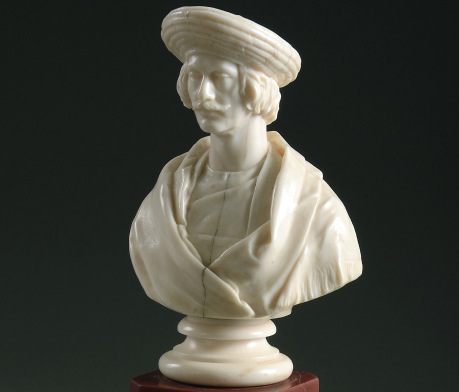“If learned critics publicly deride
My verse, well, let them. Not for them I wrought.
One day a man shall live to share my thought:
For time is endless and the world is wide”
–Bhavabhuti (p.53)
I try not to saturate this blog with book reviews, but I have a justification in this case. This review contains a slew of poems excerpted from the book, which are worth far more than my review, and my numerous tangents. Hit “Continue Reading” and scroll down if you just want to check those out.
John Brough’s Poems from the Sanskrit[1], despite its confusing title, (what is the Sanskrit?) is actually a very charming anthology of translated Sanskrit poems, ranging from roughly the 4th through 10th centuries.
The translator’s stated purpose for compiling this volume is as follows: Normally Sanskrit translators, focus on conveying meaning at the expense of poetic or prosaic style. But since Sanskrit and English grammars differ considerably, meaning focused translations often come across as stilted or sometimes even unreadable. Sanskrit Poetry compounds this problem, because so much literary value is vested in the poetic structure itself (for example: The number, repetition, and weight of syllables.) This is a translation, which attempts to give equal weight to content and form.
Translating a Sanskrit poem into rhyming verse while keeping the original meaning intact is an impossible task. Perhaps a more accurate description of the book is: an anthology of English poems by John Brough, based closely on Sanskrit classics. The purist in me recoils at this prospect, but if you read the poems without wringing your hands over the potential “butchery” of the originals which preceded them, they are actually quite lovely on their own merits. And based on the samples and explanation of his technique as delineated in the introduction, I have faith that he has amply conveyed at least the basic sense of each work.
I’ll jump right into the verses and save my criticisms for the end:
I noticed some recurring patterns:
Anti-Clericalism: There are a surprising amount of poems in here, which are highly critical of priests, focusing on their hypocrisy foolishness, or exploitation. These are mostly secular poems, but it still surprises me. One has to wonder: Were they talking about priests generally or about “the bad ones” i.e. the heterodox ones?
“‘So, friar, I see you have a taste for meat.’
‘Not that it’s any good without some wine.’
‘You like wine too, then?’ ‘Better when I dine
With pretty harlots.’ ‘Surely such girls eat
No end of money?’ ‘Well, I steal, you see,
Or win at dice.’ ‘A thief and gambler too?’
‘Why, certainly. What else is there to do?
Aren’t you aware I’m vowed to poverty?'”
–Sudraka (p.79)

According to Doniger’s theory (described later), this is a “friar” similar to the one who is under critique in the above poem. He is an Aghori, a sect which split off from the Kapalika. The Kapalika would have been contemporaneous to Sudraka. Image source: Flickr
Continue reading →



